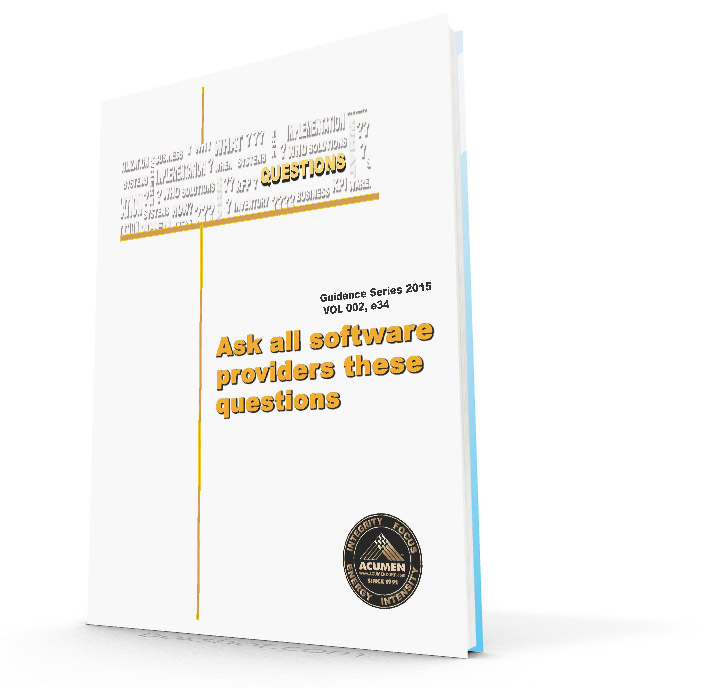Your 2018 is wrapping up nicely – well done! You’ve sold products, brought them into your warehouse, repackaged and shipped to customers. But looking around the warehouse, there sure is a lot of product on the shelves and bins. What is all that for? Good question!
Most successful (and unsuccessful) distributors and manufacturers are able to deliver what they sell on time – mostly. And that’s reality. No one can hit 100% SLA on all products to all customers. It’s a nice goal to have. But we know that true on-time is closer to 96-98%. Where do you fall? I bet if you do indeed see lots of product on your warehouse shelves, it’s there in order to TRY and hit that impossible target of 100%. That’s what most companies do – overstock in order to have products on-hand all the time. But that is money just sitting there. What can you do?
Here are 3 inventory planning steps to take for 2019 to reduce your overstocking and keep SLAs nice and high:
- Make sure your inventory system is accurate
The most important thing about inventory management, is trusting the digital platform and software you have in place. And the only way to validate that your screens are showing you correct quantities of items, you need to count in the warehouse often. A continuous process of counting inventory, then matching with your systems and making adjustments if needed keeps everything straight. Keep an eye on items that need continual adjustment. Those may need closer scrutiny and shorter time-frames for counting.
- Manage inventory by high moving and high value parts first
If you have more than a few items, then #1 above may seem impossible. And it is. You cannot count every part every day or so. But you CAN count important items more often. Secondary and tertiary items less often. That process is called cycle counting. You and your team know what items are the most expensive. You and your team know the items that have the highest volume of movement. Those two groups should fall into your “A” cycle. Whether once per day or once per week, “A” items should be counted and compared to levels in your software on a strict schedule. You’ll probably realize that just 20% of your items represent 80% of your inventory value/counts. Then less often, even just once per month, work the “B” and “C” items. Your warehouse folks will be happier.
- Use inventory software that allows for lead time calculations for ‘just in time’ receipt
Once you have your processes in place to ensure correct quantities on-hand, you’ll need to ensure your software can calculate future inventory levels based on committed sales, forecasted demand, inbound product and shrinkage. The most important piece of information for your sales team to know is when they can promise to have product to your customers. With tight inventory levels, you’ll want a software system that can provide detailed inventory levels at any point in the future. A couple pieces of data help tremendously with that: lead times and tolerance (allowance) times (both on inbound and outbound inventory movement). Your software system understands that once a sale is made and inventory is not on-hand, you’ll need to purchase it. It will take time for your vendor to fulfill your PO and get it to your receiving dock. How much time? Each item is different. Make sure your software system can have unique lead times for each item to allow for it to be received. Do you need to do a Q/C once it arrives? Add that time to a tolerance allowed time field, too. Does it take you a day or two to pick and package your items to ship? Add that, also. Now your system has a very good understanding of a true “available to promise” for products you sell to your customers.
If you’ve been in business more than a month, then you “know” about the 3 Steps already. But does your current inventory software offer them? How’s it working for you?
If you’d like to learn how to utilize “digital transformation” to move up from a limited platform to a robust, money and labor saving system, we’d like to talk to you about SAP Business One and ACUMEN Corporation. Contact us right now while it’s on your mind!



